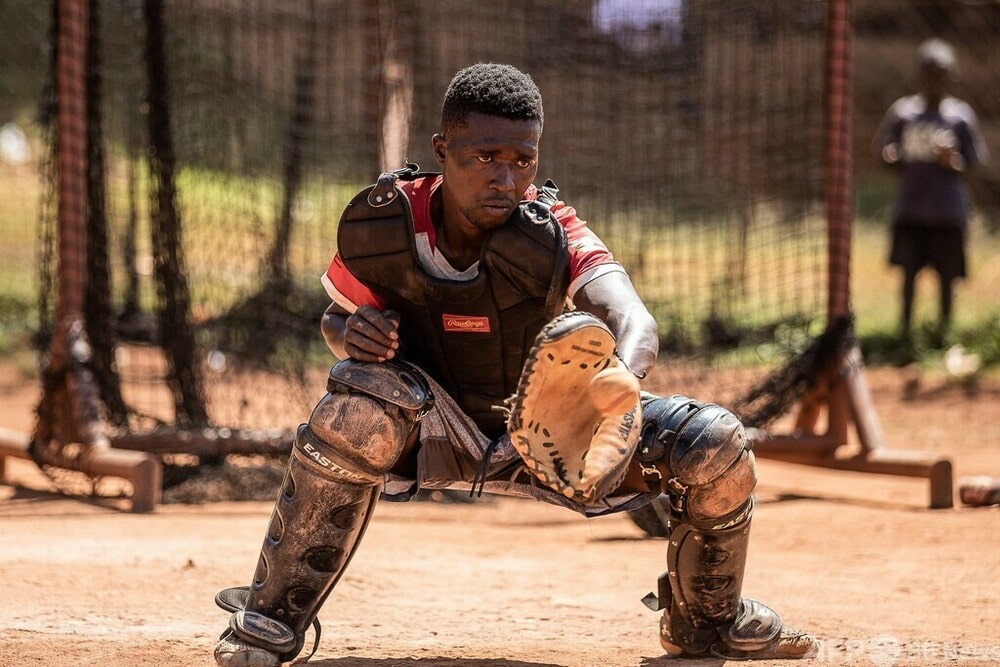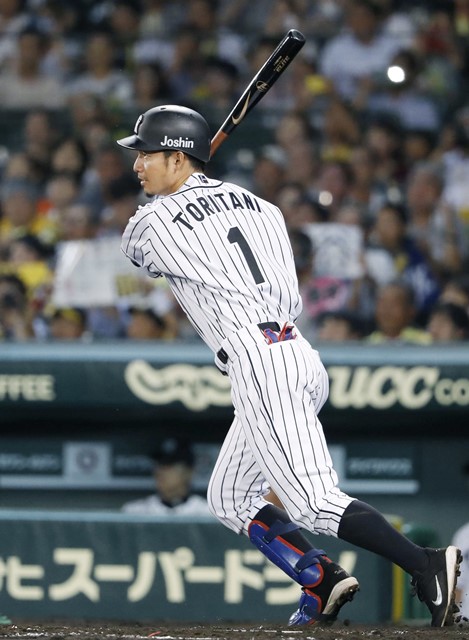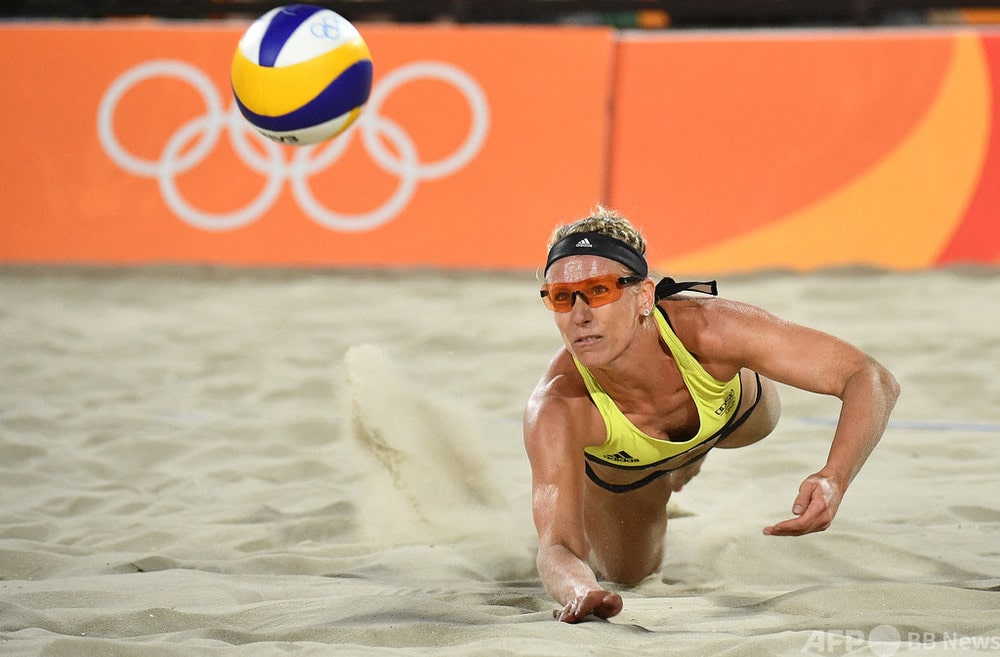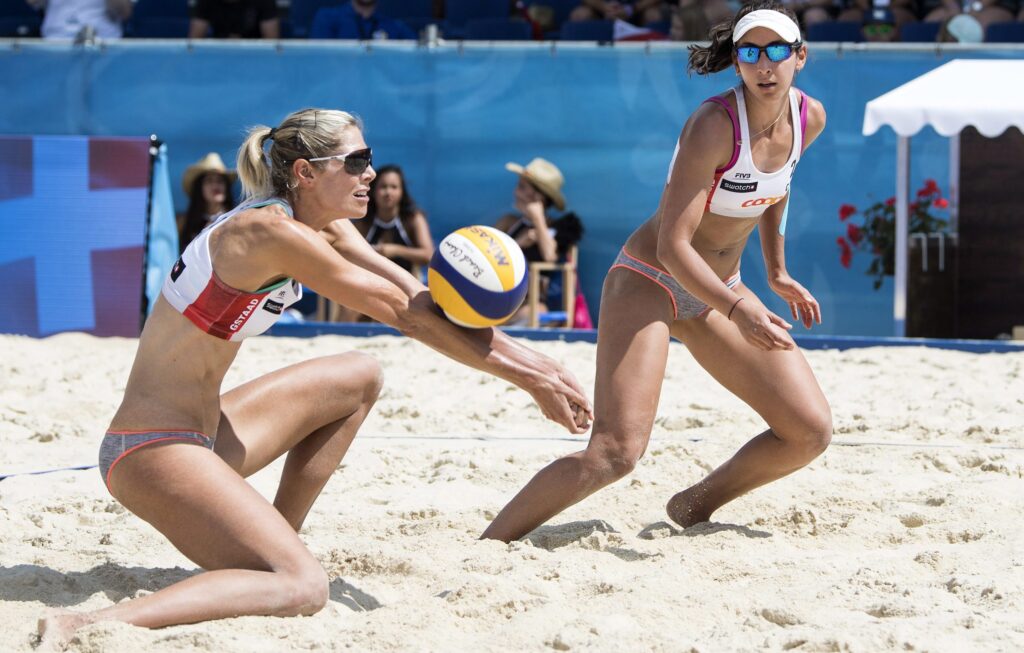
Beach volleyball is more than just a summer sport. The game, which takes place on hot sand, requires a combination of strategy and skill, with each position playing an important role.
Each position requires a different skill set and understanding, and players must focus on attacking or defending depending on their role.
This article details the basics of each beach volleyball position and how each contributes to the team’s success.
Appropriate position strategy greatly influences the flow of the game and can lead directly to victory, so it is extremely important to understand the basics.
Let’s learn about beach volleyball positions and strategies together.
目次
- 1 What are the positions in beach volleyball? Let’s start with understanding the basics
- 2 The secret to attacking positions: Techniques for playing an active role in the front court
- 3 Defensive Position Keys: Strategies to Dominate the Backcourt
- 4 Team strategy and position: placement and substitution timing that leads to victory
- 5 Positioning strategies of top players: Learning from success stories
- 6 Beach Volleyball Position FAQ
- 6.1 Q1: How many people usually play beach volleyball?
- 6.2 Q2: Are the positions in beach volleyball fixed?
- 6.3 Q3: What is the difference between offensive and defensive positions?
- 6.4 Q4: What points should beginners focus on when choosing a position?
- 6.5 Q5: How should I judge when to change positions in beach volleyball?
- 7 summary
What are the positions in beach volleyball? Let’s start with understanding the basics
Beach volleyball is a popular sport due to its dynamic play and the open environment of the beach.
However, in order to deeply understand and enjoy this sport, it is important to know the basic positions and their roles.
In beach volleyball, each player’s position defines how they move on the court and how they contribute to the team.
Attack position: Spiker
Beach volleyball is usually played in teams of two.
As such, there are no specific position names like in traditional volleyball, but players share offensive and defensive roles.
Attacking players are primarily responsible for spikes and smashes, creating scoring opportunities.
This player is required to have high jumping ability and strong hitting techniques.
Defensive position: defender
Defensive players are responsible for preventing the opposing team’s attacks and controlling the ball to create opportunities for another attack.
This position requires quick reaction times and a wide field of vision, and the ability to accurately predict where the ball will fall is important.
Liquidity of position
One of the characteristics of beach volleyball is the fluidity of positions.
In other words, players are not fixed in one role and must switch between attack and defense depending on the situation.
This requires players to develop a variety of skills and be flexible during the game.
Importance of position
Proper understanding and application of positions is the key to success in beach volleyball.
The more players understand their roles and move accordingly, the more the team can build a solid defense and develop an effective attack.
The ability to read the opposing team’s strategy and adapt your own team’s tactics is also an important element in beach volleyball.
Understanding and utilizing positions in beach volleyball is one of the fundamental appeals of the game, and the combination of each player’s skill and strategy at a high level maximizes the appeal of this sport.
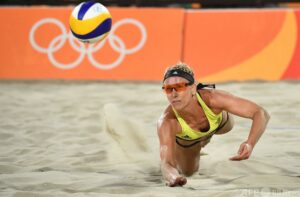
The secret to attacking positions: Techniques for playing an active role in the front court
To be successful in beach volleyball’s frontcourt offensive positions, especially as a spiker, you need to develop certain techniques and tricks.
The main role of a spiker is to score points with powerful spikes, but this requires more than just powerful arm swings, it requires strategic thinking and correct use of the body.
1. How to improve your jumping technique
- Jump with explosive power: A powerful jump is essential for hitting the ball from a high position. Work on training to strengthen your lower body strength and make explosive jumps possible.
- Timing: Spike success is highly dependent on timing. It is important to jump at the perfect moment to match the up ball from the setter.
2. Arm swing and how to hit the ball
- Arm swing mechanics: In order to hit a powerful spike, you need to make the most of your arm swing. Swing your arm high and release all of your arm strength when hitting the ball.
- Ball hitting point: The location where you hit the ball is also important. Ideally, you want to hit the ball at its highest point and in front of or slightly in front of your body.
3. Vision and consciousness
- Read your opponent’s layout: For effective spikes, you must constantly observe the opposing team’s defensive layout and find weaknesses.
- Variety of attacks: In order to confuse your opponent, it is important to master a variety of striking methods, such as drop shots and attacks from different angles, in addition to spikes.
4. Teamwork and communication
- Cooperation with the setter: Close communication between the spiker and the setter is essential for an effective attack. Let’s understand each other’s intentions and aim for the best setup.
In order to be successful in the attacking position, it is necessary to hone these techniques and tips through daily practice.
It is also important to understand your own playstyle and always think about how you can contribute to the team’s strategy.
In addition to improving your technique, strategic thinking and flexibility are the keys to success in beach volleyball.

Defensive Position Keys: Strategies to Dominate the Backcourt
Defense in beach volleyball is an important element that controls the flow of the game and leads the team to victory.
Dominating the backcourt as a defender requires advanced technique and strategy.
Here we will introduce effective defensive techniques to play the role of defender.
Defender’s role
The defender’s main mission is to decipher the opponent’s attacks and reliably receive spikes and counterattacks.
This requires great reaction speed, a wide field of vision, and the ability to anticipate the other person’s intentions.
effective defensive techniques
1.Positioning
- Proper positioning: It is important to constantly observe the ball and opposing players and move quickly to vulnerable areas. Predict the direction and power of the attack and position yourself efficiently.
2. Receiving technique
- Use both hands: Use both hands to control the ball and aim for a stable reception. The key is to catch the ball firmly in front of your body.
- Use your whole body: Use your feet to adjust your position and use your whole body to absorb and control the ball’s momentum. Bend your knees to keep yourself low and move easily.
3. Prediction and reaction
- Observing your opponent: Predicting where the ball will go based on the direction of your opponent’s body, line of sight, and movement of the batter. This allows you to increase your reaction time and increase your success rate.
- Responding to feints: Develop your skills to react quickly in case your opponent tries to feint.
4. Communication and teamwork
- Speak out: Calling out the ball prevents misunderstandings within the team. By making it clear who will get the ball, you can improve your defensive efficiency.
It’s important to practice these techniques and apply them during games in order to dominate the backcourt as a defender.
By accurately reading the situation and reacting appropriately, you can strengthen your team’s defense and create opportunities for counterattacks.
Refine these skills through daily training to improve your defensive ability, which is essential for your team’s victory.

Team strategy and position: placement and substitution timing that leads to victory
In beach volleyball, winning or losing is determined by the team’s strategy and positioning, as well as individual technical ability.
Get ready for the match by developing your team strategy, determining appropriate positioning and timing of substitutions.
Strategies to make the most of your position
Drafting a game plan
- Analyze your opponent’s team: Understand your opponent’s strengths and weaknesses and plan your strategy accordingly. Research your opponent’s main attack methods and defensive tendencies in advance, and develop strategies to counter them.
- Clarification of roles: Clarify the roles of each team member and define the scope of responsibility for each position. We will take into account the balance between attack and defense, and try to arrange positions that take advantage of the characteristics of the players.
Adopting flexible tactics
- Positional Fluidity: It is important for players to have the flexibility to change roles depending on the situation, rather than remaining in a fixed position. Quickly switching from attack to defense and vice versa is the key to victory.
How to decide when to switch
Fatigue and performance monitoring
- Monitoring the level of player fatigue: During long periods of play and consecutive matches, player fatigue accumulates. If fatigue begins to affect performance, consider substitution.
- Performance evaluation: Evaluate player performance during a match in real time and make substitutions if necessary. Determine whether you need to improve your offensive power or strengthen your defensive power.
tactical substitution
- Substitutions to change tactics: Substitutions may be made to respond to the opposing team’s tactics or to try new tactics. This may involve changing positions to take advantage of the player’s characteristics.
In beach volleyball team strategy, proper position placement and timing of substitutions are important factors that determine victory or defeat.
Advance preparation and communication within the team are extremely important, as it requires reading the flow of the match and making appropriate decisions based on the situation.
By maximizing the strengths of individual players and honing the tactics of the team as a whole, success in beach volleyball will be more assured.
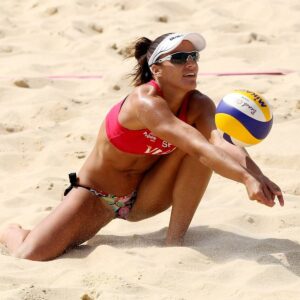
Positioning strategies of top players: Learning from success stories
Top beach volleyball players not only use outstanding technique but also precise positional strategies to compete in matches.
By analyzing their strategies and learning the secrets to their success, you can improve your beach volleyball skills.
Importance of position strategy
Top-level players are flexible in changing positions depending on the situation in order to make the most of their strengths.
This strategic positioning is essential for increasing unpredictability against the opposing team and creating advantageous developments.
Examples of position usage
Change position during attack
Top players use specific signature plays when attacking to move into positions that defy their opponent’s expectations.
For example, at first glance it looks like a normal spike attack, but by hitting a short ball at the last moment, you can break down the opponent’s defensive formation.
Positioning when defending
On defense, top players constantly analyze the opponent’s attack patterns and take the most effective defensive position to minimize the opponent’s scoring opportunities.
This requires insight into the opponent’s favorite attacking methods and trends in the match.
Strategy adaptability
Rather than simply sticking to one method, top players’ strategies are flexible and adapt as the flow of the game or the opponent changes.
For example, if your opponent is a player with a strong serve, you might change your strategy by putting a player who specializes in receiving in front of you.
Learning points from success stories
- Analytical ability: The ability to find the opponent’s weaknesses and develop strategies to exploit them.
- Flexibility: The flexibility to change positions and tactics depending on the situation.
- Communication: Collaborative play through close communication with teammates.
The success stories of top athletes show how important strategic thinking is, not just technique, to win at beach volleyball.
By analyzing their tactics and incorporating them into your own play, you can expect to improve your game even further.

Beach Volleyball Position FAQ
We have compiled a list of frequently asked questions and answers from people who have just started playing beach volleyball and those who are intermediate players looking to improve their skills.
These FAQs will help you better understand beach volleyball positions.
Q1: How many people usually play beach volleyball?
A1: Beach volleyball is usually played in pairs. This is most commonly played in a 2-on-2 format, and is also played in this format at international competitions such as the Olympics.
Q2: Are the positions in beach volleyball fixed?
A2: In beach volleyball, positions are not fixed. Players alternate between attacking and defending roles depending on the situation. This makes flexibility and overall skill set important.
Q3: What is the difference between offensive and defensive positions?
A3: In the attack position, the role is mainly to spike and smash to score points. On the other hand, in the defensive position, you prevent your opponent from scoring by receiving or blocking their attacks.
Q4: What points should beginners focus on when choosing a position?
A4: For beginners, it is important to first determine your preferred play style. If you are good at attacking, we recommend you to develop your skills as a spiker, and if you are good at defense, we recommend you to develop your skills as a defender. It is also important to acquire all basic skills in a well-balanced manner.
Q5: How should I judge when to change positions in beach volleyball?
A5: The timing of position changes is mainly determined by the flow of the game and the tactics of the opposing team. It is important to flexibly change attacking and defensive positions depending on the opponent’s attack pattern and your team’s scoring needs. The key is to communicate and work closely with your teammates.
These questions and answers will help you develop a basic understanding of beach volleyball positions.
In actual play, the ability to adapt to various situations is required, so practice and experience are of the utmost importance.
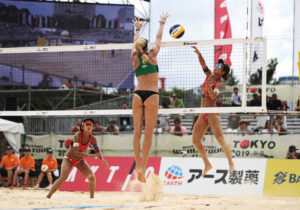
summary
In order to deepen your understanding of beach volleyball positions, we have covered a wide range of topics, from the basics to the strategies of top players.
Beach volleyball is often played in pairs, and requires the flexibility to alternate between attacking and defending roles rather than playing in fixed positions.
We explained the key points that beginners to intermediate players should keep in mind by learning the basics of positions, the secrets of attacking positions, the keys to defensive positions, and frequently asked questions about team strategy and positioning.
The important thing is that improving your beach volleyball skills goes beyond simply honing your technique; tactical thinking and communication within your team are essential.
By learning the strategies of top players and incorporating them into your own play, you can step up to a higher level.
Also, the key to success in beach volleyball is being able to flexibly change positions and adapt team strategies during practice and competition.
Finally, remember that beach volleyball is a sport that requires not only individual skill, but also cooperation with partners and a deep understanding of tactics.
By deepening your understanding of positions and strategies, you will enjoy the game and improve your skills.

